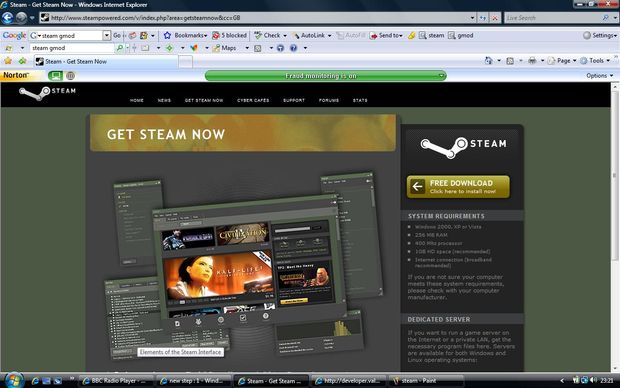

Easily style the log with CSS.Ī basic Markdown plain text format based on the NetSparkle example.Ī simple text format that many software listing websites prefer.Īpplies a customizable template around the output of the plain HTML export format. The HTML export format is designed to be simple but functional. The header is the save file name with Title Case applied. Command line generation for automated pipelinesĬreates a changes table for DocuWiki pages.Reference notes to store commit or ticket IDs ExTiX is a desktop Linux distribution and live DVD based on Ubuntu, offering a choice of alternative desktop environments.Customize change type verbs sort into groups.Drag, drop, rearrange versions and changes.Easily set release dates with one click.Automatic version incrementing when possible.VersionTracker will fit any workflow, language, or platform VersionTracker can simplify your release process and keep your attention where it is needed most - the coding. VersionTracker features multiple export formats and several automatic functions to make writing change logs easy. If you have questions or suggestions, please let me know in the comment section.VersionTracker is a designed with developers in mind to keep their app's users updated on changes made per version with a clear and organized format. I hope you find this quick tip helpful in finding Linux version detail. No prizes for guessing that the above system is running on Linux kernel version 5.4.43. The output shows only the Linux kernel version: handbook:~# uname -r You can get the kernel details using the uname command in any Linux distribution. Now that you know which distribution you are running, perhaps you would also like to know about the Linux kernel version running on the system. :~$ lsb_release -aĬodename: focal Bonus Tip: Find Linux kernel version You can use the lsb_release command with option -a and it will provide distribution details: lsb_release -aĭon't mind the No LSB modules are available line. I think it is mostly used by Debian/Ubuntu based distributions. This is NOT a command that you'll find in all Linux distributions. The hostnamectl command is primarily used for dealing with the hostname but if it provides other details why not use it? Method 3: Use lsb-release command You can see the Linux version detail in the line starting with 'Operating System'. hostnamectlįor the same CentOS system that you saw above, hostnamectl provides the following details: ~]# hostnamectl On such a system, you can use the hostnamectl command to get Linux version detail. Most Linux distributions these days use systemd.

However, all of them provide the Linux distribution name and version so it is a pretty reliable way to know which Linux you are running.
Distributions often use it to provide additional information like where to get support or file bugs etc.įor example, the /etc/os-release provides more lines for CentOS Linux. The content of the /etc/os-release is usually different for different distributions. handbook:~# cat /etc/os-releaseĪs you can see, the name of Linux distribution is Alpine Linux and the distribution version is 3.12. Here's what it displays for Alpine Linux server running on Linode infrastructure. You can use cat command to view the content of the file in Linux terminal: cat /etc/os-release It gives you the distribution name, distribution version, release name or ID. The os-release file in the /etc directory keeps the information about the Linux distribution. If you are familiar with the Linux directory structure, you probably already know that /etc directory contains the core configuration files of the system. Find Linux distribution details Method 1: Use /etc/os-release file In this beginner's tip, I'll show you different ways to check which Linux you are running. However, that's not the only way to know the Linux distribution details. It will show an output similar to this: NAME="Ubuntu"Īs you can see, the Linux name is Ubuntu and the version is 20.04.1. The simplest way to check Linux version is to see the content of the /etc/os-release file: cat /etc/os-release
#Versiontracker linux install#
When you install a Linux distribution on your own, you know which distribution and version it is.īut if you use SSH to log in to a remote Linux server provided by an enterprise or client, you may wonder which Linux distribution and version it is.


 0 kommentar(er)
0 kommentar(er)
